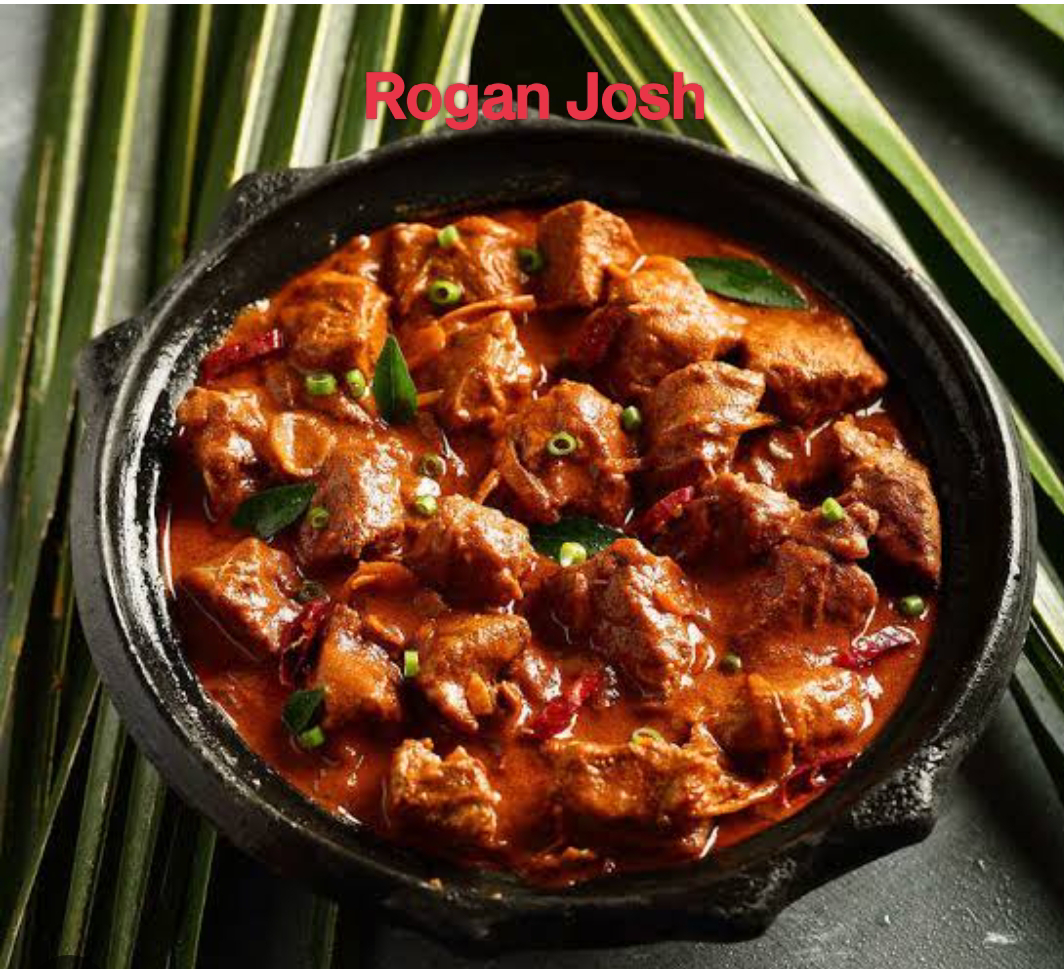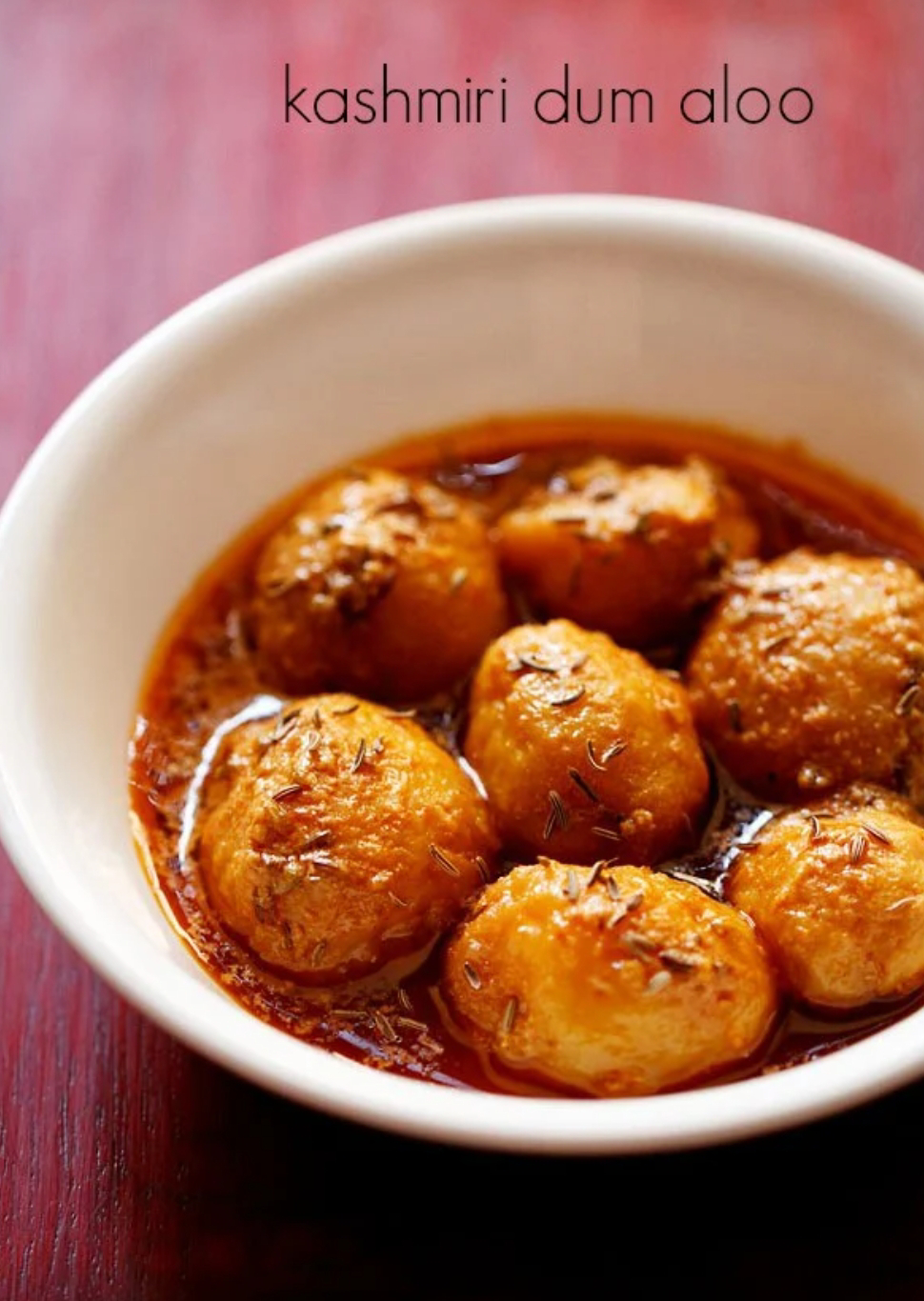Kashmiri Cuisine.
The food of Kashmir, also known as "Kashmiri cuisine," has a rich history that dates back thousands of years. It has been shaped by the region's geography, climate, and cultural diversity. It is an important part of the region's rich cultural heritage, and it has evolved as a result of various influences.
Kashmiri cuisine is primarily influenced by the Mughal and Persian cooking styles. It also reflects the culinary traditions of the neighboring regions like Central Asia and Punjab. Mughals ruled over the region from the 16th to the 19th century. During this time, the Mughals introduced many Persian and Central Asian dishes to the region, including kebabs and pilafs. The use of spices and herbs is an integral part of Kashmiri Cuisine. It is known for its rich and unique blend of flavors, aromatic spices, and use of curd and saffron.
Some of the earliest known dishes from Kashmir include Rogan Josh and Yakhni, which were introduced during the Mughal era. Over time, the cuisine of Kashmir has been further refined and developed, and today it is known for its elaborate preparation, rich flavors, and diverse range of dishes.
Another major influence on Kashmiri cuisine was the Buddhist era, which saw the development of vegetarian cuisine. Many Kashmiri dishes today still reflect these Buddhist vegetarian roots, with popular vegetarian dishes like Nadur Yakhni (lotus stem in yogurt gravy), Nadur Churma, and Dum Aloo.
In recent years, the cuisine of Kashmir has gained popularity around the world and many restaurants and food festivals showcase the region's unique culinary heritage. Despite the challenges posed by conflict and political instability, Kashmiri food continues to thrive and evolve, and it remains an important part of the region's identity and culture.





Comments
Post a Comment